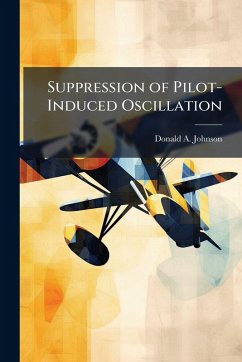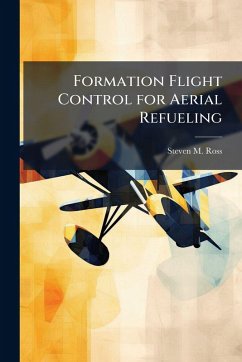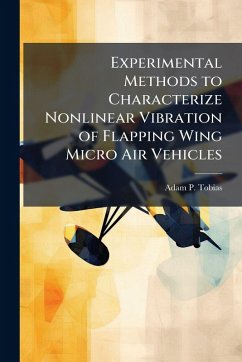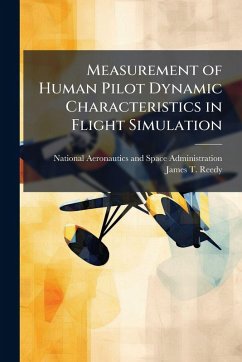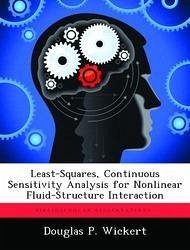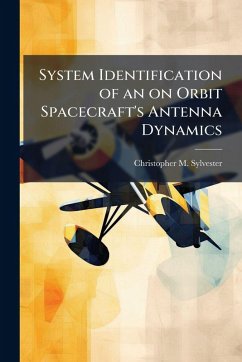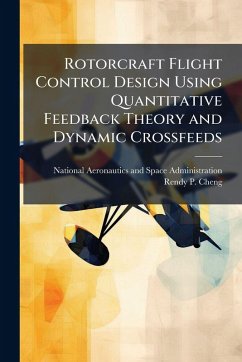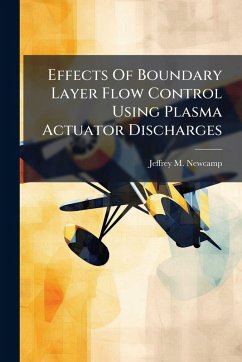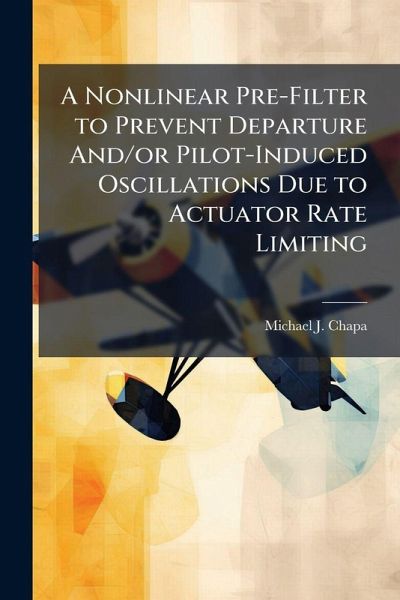
A Nonlinear Pre-Filter to Prevent Departure And/or Pilot-Induced Oscillations Due to Actuator Rate Limiting

PAYBACK Punkte
9 °P sammeln!
Closed loop instability caused by excess phase lag induced by actuator rate limiting has been suspected in many aircraft departures from controlled flight and pilot-induced oscillations (PIO). As part of the joint Air Force Institute of Technology/Test Pilot School (AFIT/TPS) program, a nonlinear rate limiter pre-filter (RLPF) was developed to minimize the phase lag induced by rate limiting. RLPF performance was evaluated inside the feedback path, but primary emphasis was on the pilot command path. Closed loop computer and motion-based flight simulations were conducted to prepare for the fligh...
Closed loop instability caused by excess phase lag induced by actuator rate limiting has been suspected in many aircraft departures from controlled flight and pilot-induced oscillations (PIO). As part of the joint Air Force Institute of Technology/Test Pilot School (AFIT/TPS) program, a nonlinear rate limiter pre-filter (RLPF) was developed to minimize the phase lag induced by rate limiting. RLPF performance was evaluated inside the feedback path, but primary emphasis was on the pilot command path. Closed loop computer and motion-based flight simulations were conducted to prepare for the flight test. The HAVE FILTER flight test project was flown using the NF-16D Variable Stability In-flight Simulator Test Aircraft (VISTA) aircraft and evaluated using a software rate limit (SWRL) with and without an RLPF on the pilot command path. A programmable heads-up-display (HUD) was used to generate a fighter tracking task. Flight test results showed the SWRL was useful in preventing departure and/or PIO. This work has been selected by scholars as being culturally important, and is part of the knowledge base of civilization as we know it. This work was reproduced from the original artifact, and remains as true to the original work as possible. Therefore, you will see the original copyright references, library stamps (as most of these works have been housed in our most important libraries around the world), and other notations in the work. This work is in the public domain in the United States of America, and possibly other nations. Within the United States, you may freely copy and distribute this work, as no entity (individual or corporate) has a copyright on the body of the work. As a reproduction of a historical artifact, this work may contain missing or blurred pages, poor pictures, errant marks, etc. Scholars believe, and we concur, that this work is important enough to be preserved, reproduced, and made generally available to the public. We appreciate your support of the preservation process, and thank you for being an important part of keeping this knowledge alive and relevant.




